Kaijun Wang
ODYSSEY: Open-World Quadrupeds Exploration and Manipulation for Long-Horizon Tasks
Aug 11, 2025Abstract:Language-guided long-horizon mobile manipulation has long been a grand challenge in embodied semantic reasoning, generalizable manipulation, and adaptive locomotion. Three fundamental limitations hinder progress: First, although large language models have improved spatial reasoning and task planning through semantic priors, existing implementations remain confined to tabletop scenarios, failing to address the constrained perception and limited actuation ranges of mobile platforms. Second, current manipulation strategies exhibit insufficient generalization when confronted with the diverse object configurations encountered in open-world environments. Third, while crucial for practical deployment, the dual requirement of maintaining high platform maneuverability alongside precise end-effector control in unstructured settings remains understudied. In this work, we present ODYSSEY, a unified mobile manipulation framework for agile quadruped robots equipped with manipulators, which seamlessly integrates high-level task planning with low-level whole-body control. To address the challenge of egocentric perception in language-conditioned tasks, we introduce a hierarchical planner powered by a vision-language model, enabling long-horizon instruction decomposition and precise action execution. At the control level, our novel whole-body policy achieves robust coordination across challenging terrains. We further present the first benchmark for long-horizon mobile manipulation, evaluating diverse indoor and outdoor scenarios. Through successful sim-to-real transfer, we demonstrate the system's generalization and robustness in real-world deployments, underscoring the practicality of legged manipulators in unstructured environments. Our work advances the feasibility of generalized robotic assistants capable of complex, dynamic tasks. Our project page: https://kaijwang.github.io/odyssey.github.io/
Fast and Robust Bin-picking System for Densely Piled Industrial Objects
Dec 04, 2020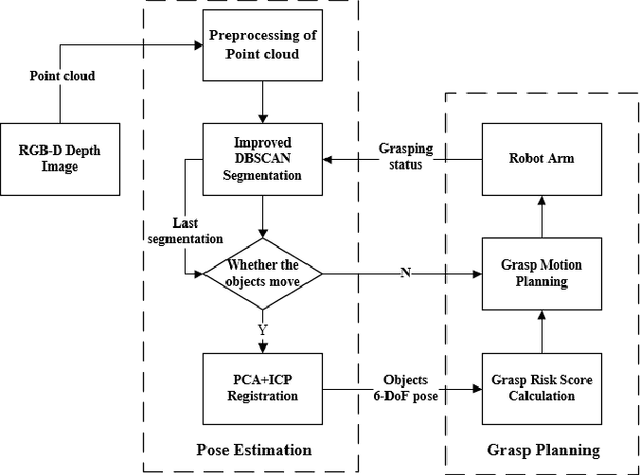
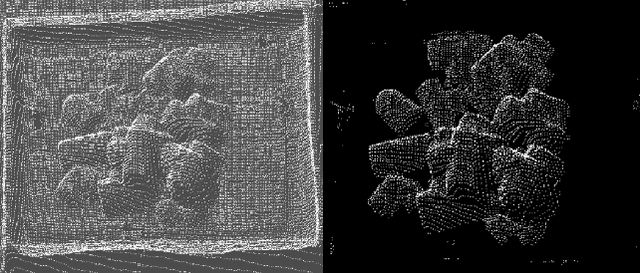
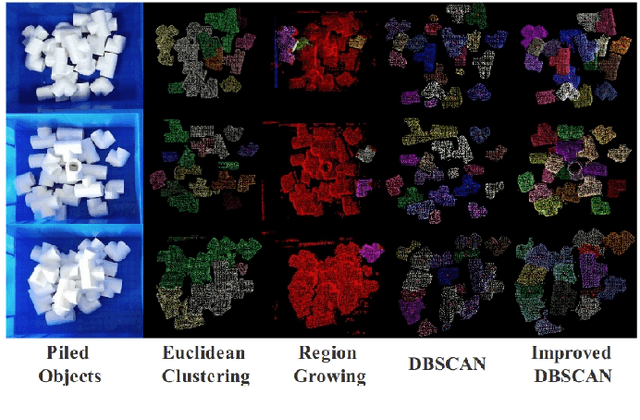
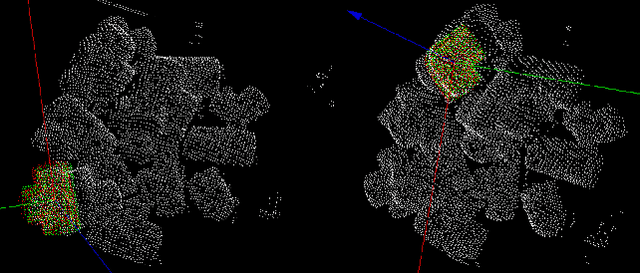
Abstract:Objects grasping, also known as the bin-picking, is one of the most common tasks faced by industrial robots. While much work has been done in related topics, grasping randomly piled objects still remains a challenge because much of the existing work either lack robustness or costs too much resource. In this paper, we develop a fast and robust bin-picking system for grasping densely piled objects adaptively and safely. The proposed system starts with point cloud segmentation using improved density-based spatial clustering of application with noise (DBSCAN) algorithm, which is improved by combining the region growing algorithm and using Octree to speed up the calculation. The system then uses principle component analysis (PCA) for coarse registration and iterative closest point (ICP) for fine registration. We propose a grasp risk score (GRS) to evaluate each object by the collision probability, the stability of the object, and the whole pile's stability. Through real tests with the Anno robot, our method is verified to be advanced in speed and robustness.
Breiman's "Two Cultures" Revisited and Reconciled
May 27, 2020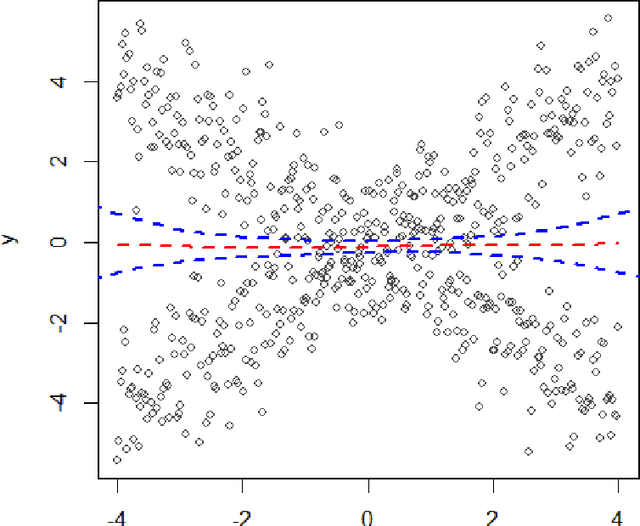

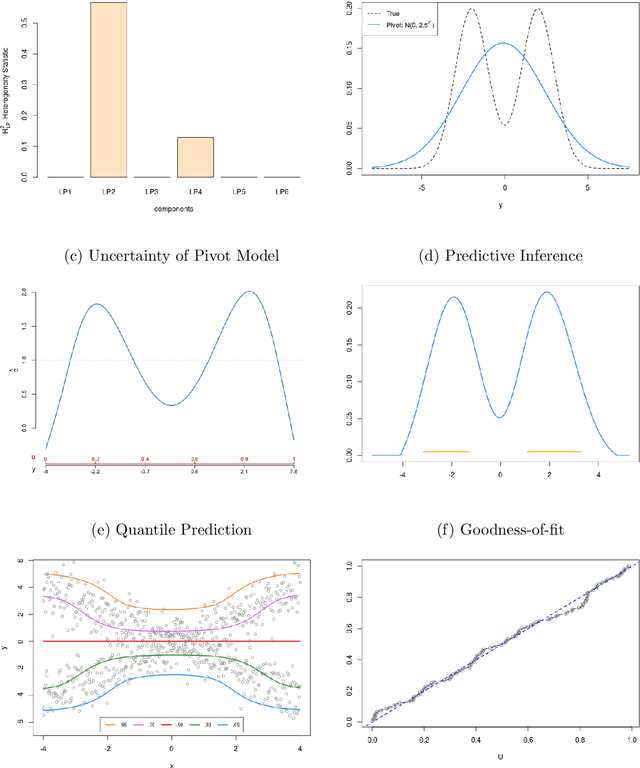
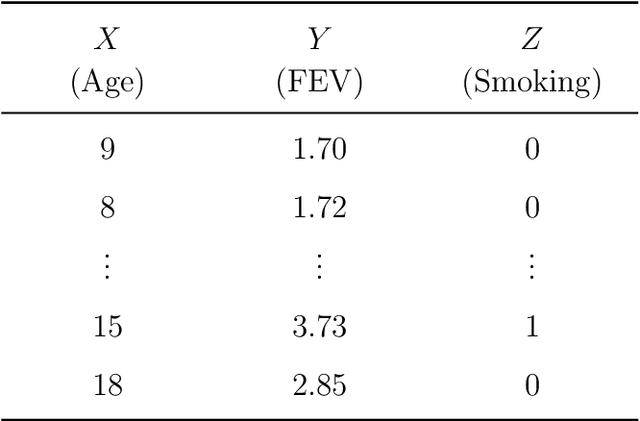
Abstract:In a landmark paper published in 2001, Leo Breiman described the tense standoff between two cultures of data modeling: parametric statistical and algorithmic machine learning. The cultural division between these two statistical learning frameworks has been growing at a steady pace in recent years. What is the way forward? It has become blatantly obvious that this widening gap between "the two cultures" cannot be averted unless we find a way to blend them into a coherent whole. This article presents a solution by establishing a link between the two cultures. Through examples, we describe the challenges and potential gains of this new integrated statistical thinking.
On The Problem of Relevance in Statistical Inference
Apr 30, 2020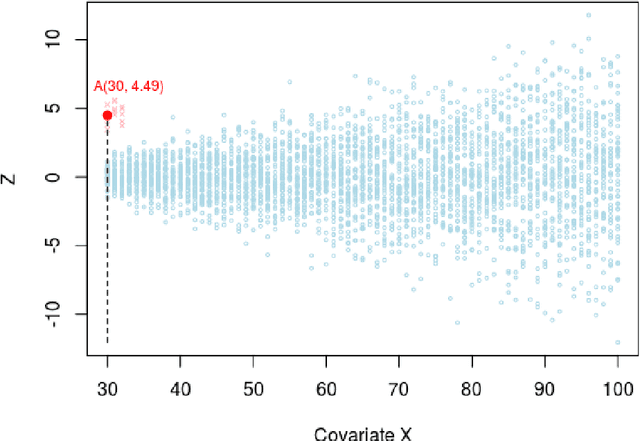
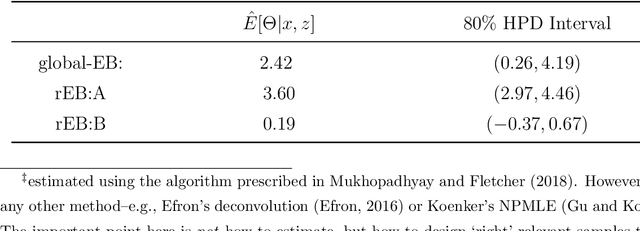
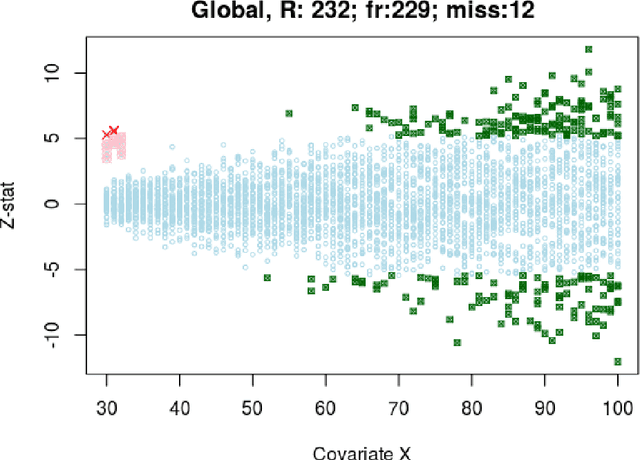

Abstract:How many statistical inference tools we have for inference from massive data? A huge number, but only when we are ready to assume the given database is homogenous, consisting of a large cohort of "similar" cases. Why we need the homogeneity assumption? To make `learning from the experience of others' or `borrowing strength' possible. But, what if, we are dealing with a massive database of heterogeneous cases (which is a norm in almost all modern data-science applications including neuroscience, genomics, healthcare, and astronomy)? How many methods we have in this situation? Not much, if not ZERO. Why? It's not obvious how to go about gathering strength when each piece of information is fuzzy. The danger is that, if we include irrelevant cases, borrowing information might heavily damage the quality of the inference! This raises some fundamental questions for big data inference: When (not) to borrow? Whom (not) to borrow? How (not) to borrow? These questions are at the heart of the "Problem of Relevance" in statistical inference -- a puzzle that has remained too little addressed since its inception nearly half a century ago. Here we offer the first practical theory of relevance with precisely describable statistical formulation and algorithm. Through examples, we demonstrate how our new statistical perspective answers previously unanswerable questions in a realistic and feasible way.
Nonparametric High-dimensional K-sample Comparison
Oct 03, 2018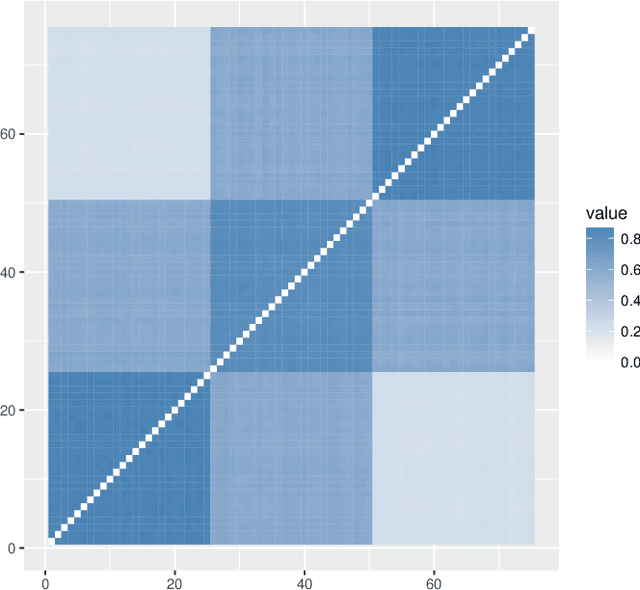



Abstract:High-dimensional k-sample comparison is a common applied problem. We construct a class of easy-to-implement nonparametric distribution-free tests based on new tools and unexplored connections with spectral graph theory. The test is shown to possess various desirable properties along with a characteristic exploratory flavor that has practical consequences. The numerical examples show that our method works surprisingly well under a broad range of realistic situations.
Adaptive Affinity Propagation Clustering
May 08, 2008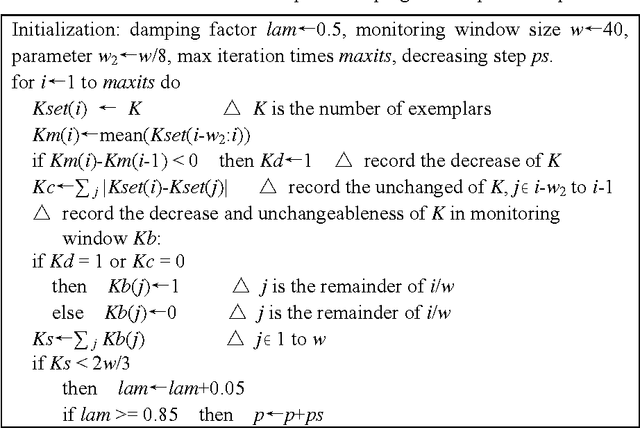
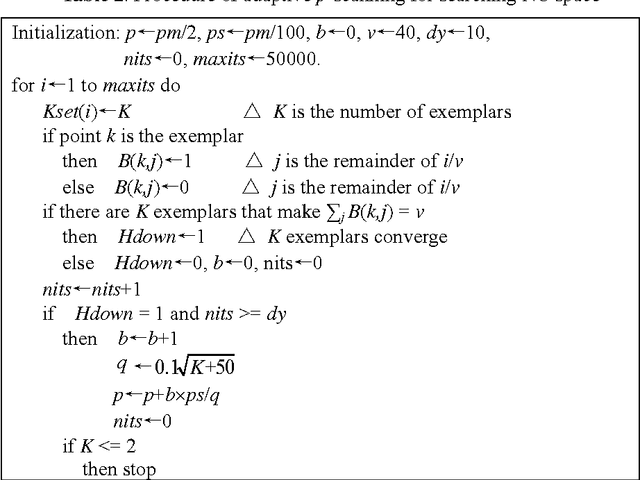
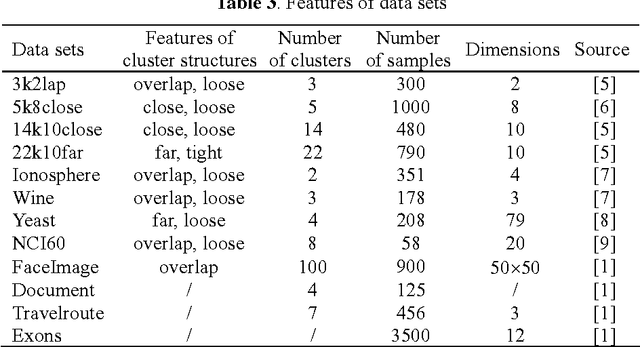
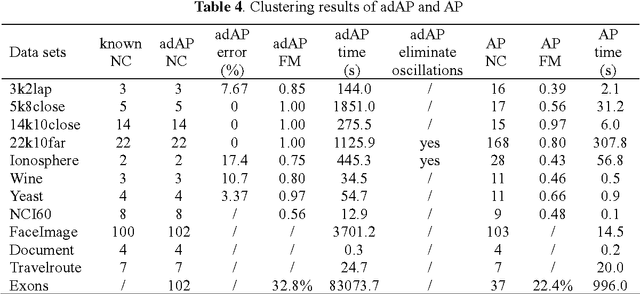
Abstract:Affinity propagation clustering (AP) has two limitations: it is hard to know what value of parameter 'preference' can yield an optimal clustering solution, and oscillations cannot be eliminated automatically if occur. The adaptive AP method is proposed to overcome these limitations, including adaptive scanning of preferences to search space of the number of clusters for finding the optimal clustering solution, adaptive adjustment of damping factors to eliminate oscillations, and adaptive escaping from oscillations when the damping adjustment technique fails. Experimental results on simulated and real data sets show that the adaptive AP is effective and can outperform AP in quality of clustering results.
* an English version of original paper
 Add to Chrome
Add to Chrome Add to Firefox
Add to Firefox Add to Edge
Add to Edge